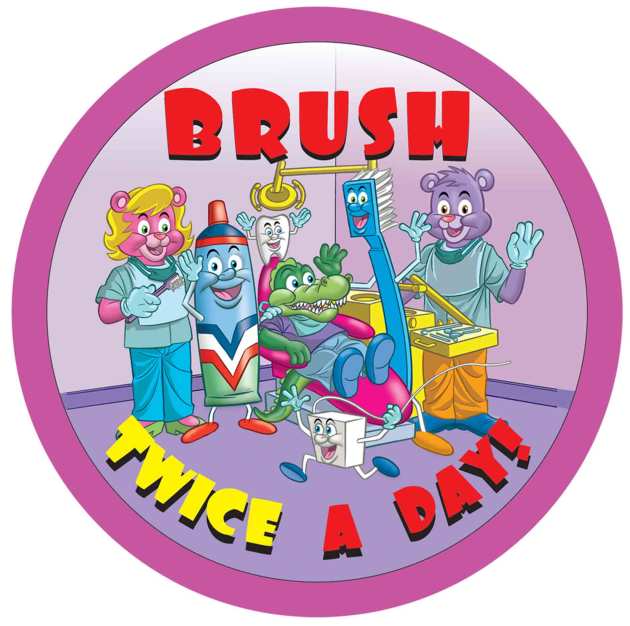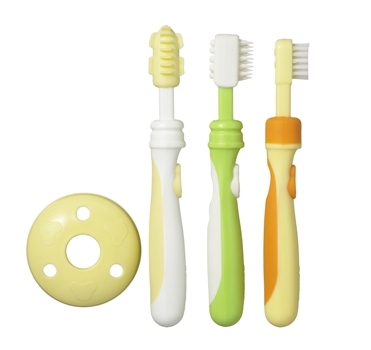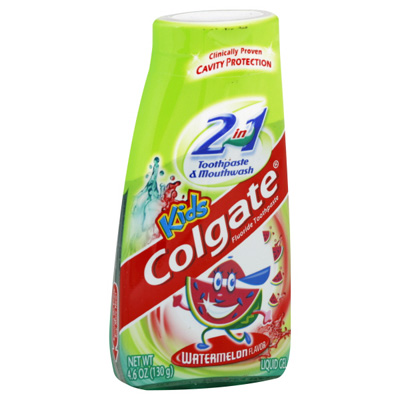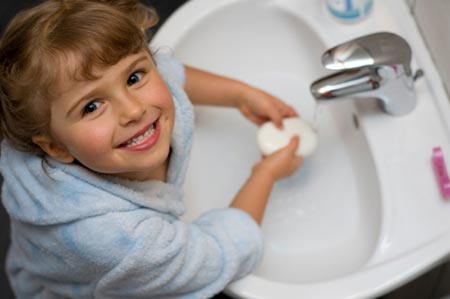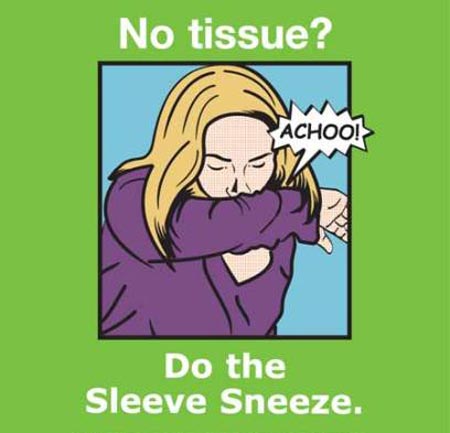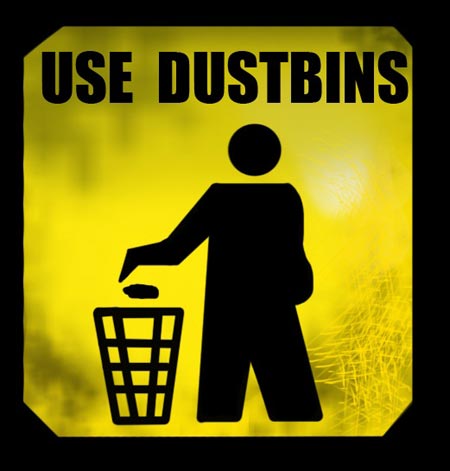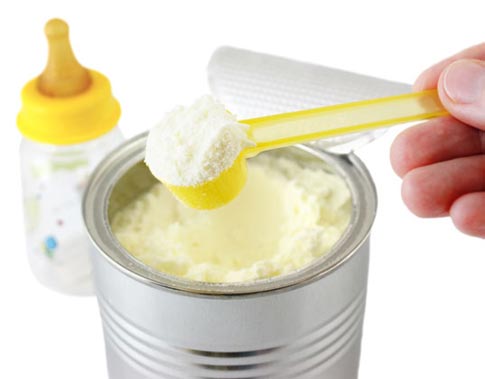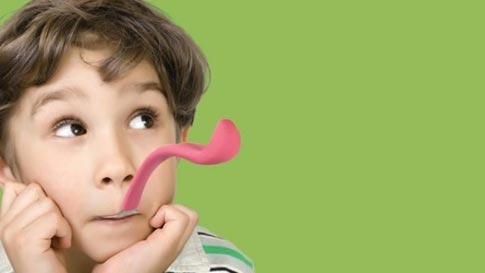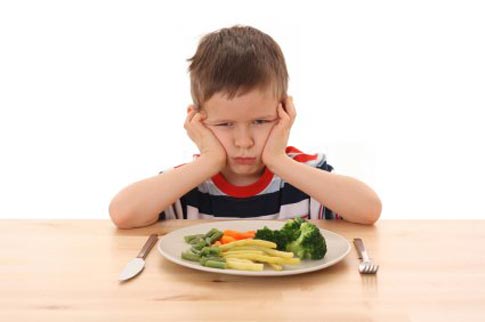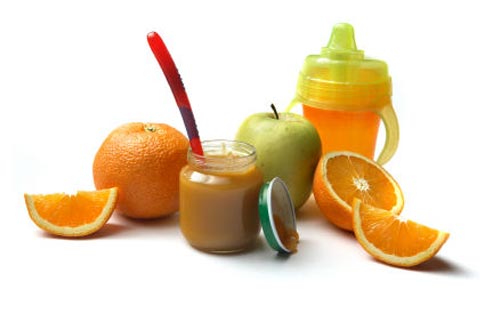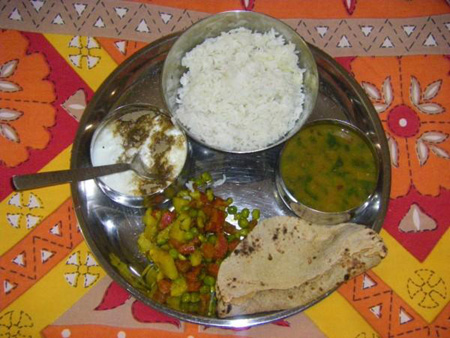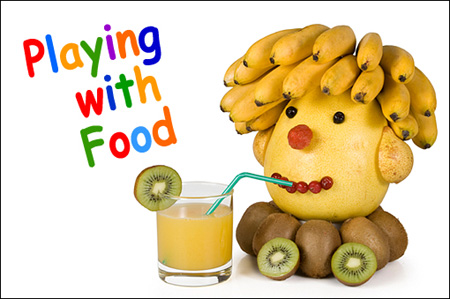Cleaning your baby’s teeth wasn’t such a big priority — after all, there weren’t many to worry about. But since the second and third years are busy times in terms of your tot’s tooth development, get ready to step up the toddler dental care. First, give your cutie plenty of good-for-you foods and beverages to keep those tiny teeth healthy and strong. Then get your child into an oral hygiene routine by following these steps:
Brush twice a day. Baby teeth are vulnerable to decay as soon as they break through the gums. The best line of defense? Brush regularly — and optimally, for two minutes at a time — in the morning after breakfast and in the evening after bedtime snack. Be prepared to be the brusher-in-chief — your toddler won’t have the motor skills to go solo until he’s between five and eight. But teach your toddler to brush and try tooth-brushing games to make cleaning teeth a whole lot more fun.
Get the right brush. Buy a colorful brush with his favorite character — maybe he can even choose it himself. Does two minutes seem like forever to your wee wiggler? Sing a song, tell a story, or ask a nightly riddle as you brush — anything to distract and make the time pass more quickly. Or buy a toothbrush that lights up, plays music, or makes a noise after the job’s done. Whatever type of toothbrush you use, replace it every three to four months.
Get the right toothpaste and mouthwash. Stick to water only or fluoride-free training toothpaste until your child can be trusted not to swallow it (that’s probably not before he turns two). After that, he can start using a pea-sized amount of fluoridated toothpaste. When he’s around two, you can show him how to rinse post-brushing, and he’ll probably be a fast — and most enthusiastic — student when it comes to spitting. You can also use a fluoride-free mouthwash if the dentist or pediatrician gives you the go-ahead.
Get the right technique. Work on one tooth at a time, and use a gentle back-and-forth motion across the chewing and inner surfaces, then switch to a circular motion along the sides, holding the brush at a 45-degree angle. On areas that don’t have teeth yet, lightly brush the gums, and don’t forget the tongue — a popular hangout for bacteria.

